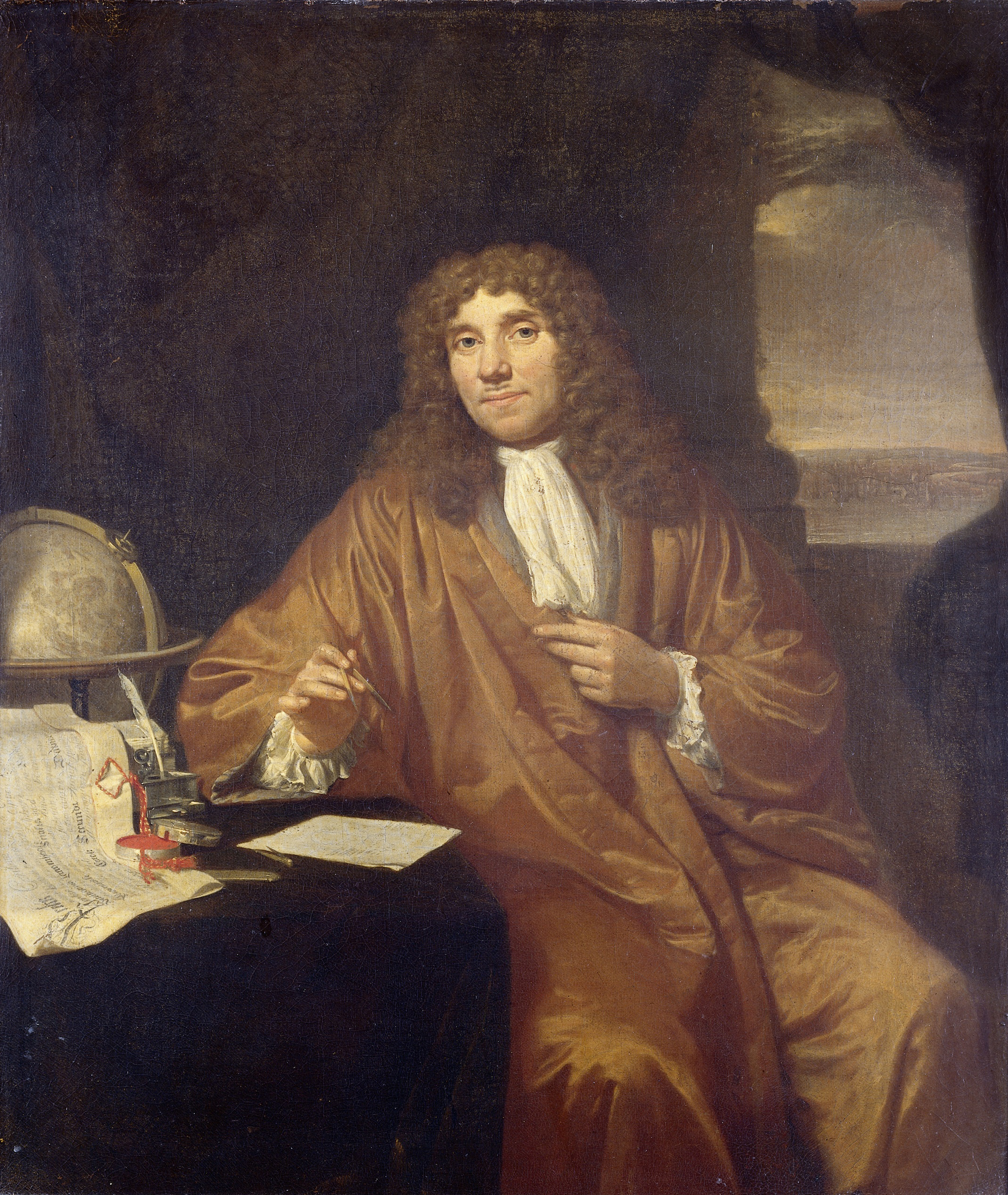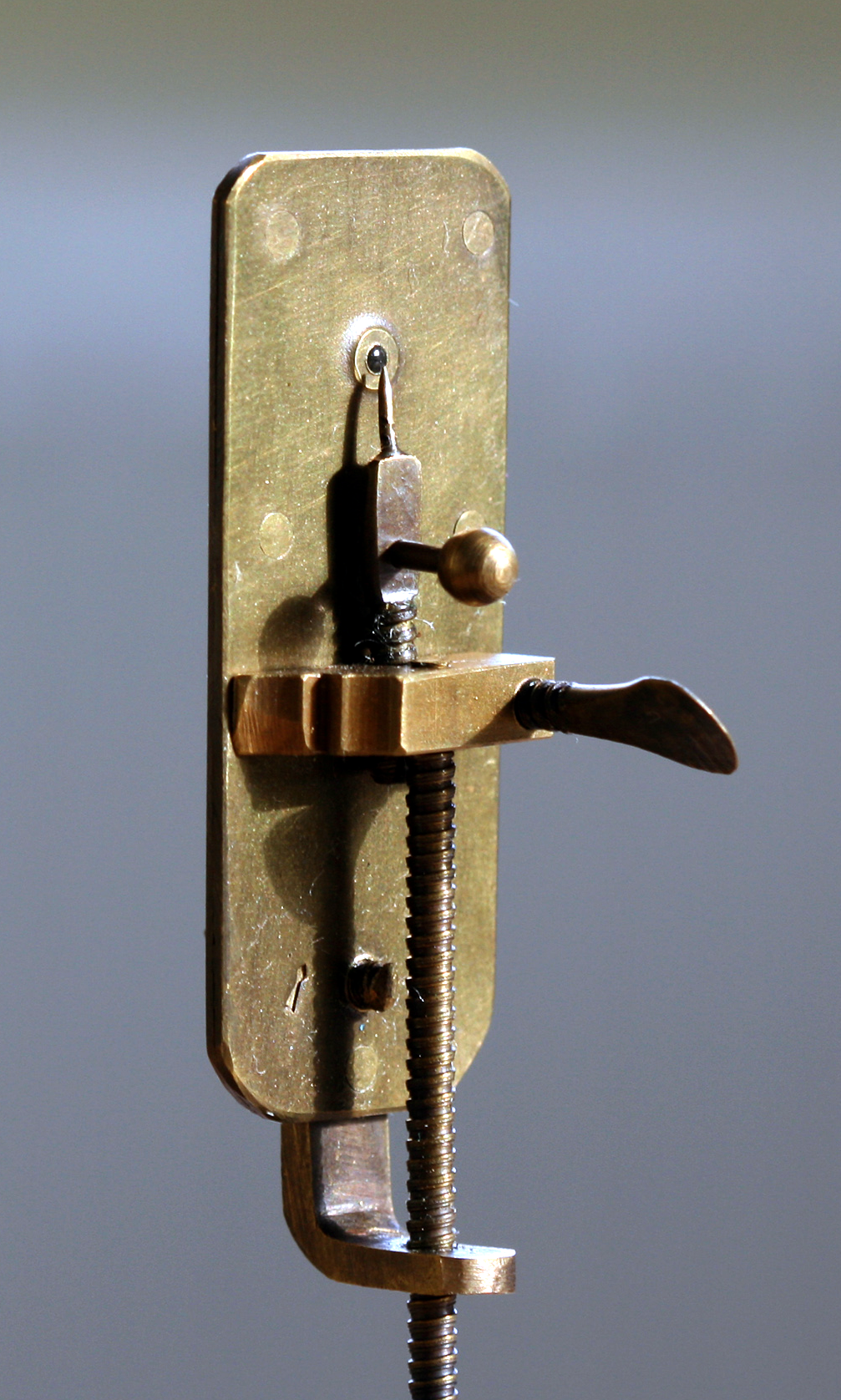
StudySmarter: Study help & AI tools
4.5 • +22k Ratings
More than 22 Million Downloads
Free



Lerne mit deinen Freunden und bleibe auf dem richtigen Kurs mit deinen persönlichen Lernstatistiken
Jetzt kostenlos anmeldenMicrobiology may cover the smallest life forms on the planet, but the impact of microbes on human and non-human life is not small. Why is microbiology so essential? Microbiology is important because microbes are key players in many biochemical processes that underpin life on earth.
Microbiology is the branch of biology that deals with microorganisms. Microorganisms, or microbes, are living creatures that are too small to see with the human eye.
Microbes are an incredibly diverse group of organisms. Unaided, our eyes can only see down to 100 micrometers (µm), but most microorganisms are far smaller. Microorganisms can be acellular (no cells, such as viruses), unicellular (such as bacteria), or multicellular (such as some algae). Examples of microorganisms can be bacteria, archaea, protists, viruses, algae, and fungi.

Harmful bacteria, viruses, and molds spring to mind when we think of microbes. While some microbes are parasitic and harmful, the vast majority are not.
When discussing microbes, especially within medical microbiology, it is important to differentiate between ‘harmful’ and ‘healthy’ microbial presence within an environment or host. To clear things up, we use the terms infection and colonization.
Infection: The presence of microorganisms that are causing damage to the host.
Colonization: The growth of microbe communities is not harmful or causing damage. The presence of these microbes is healthy and normal. It may even be beneficial to the environment/host (e.g., the plethora of healthy bacteria found in our gut which aid in digestion.)
Not only do microbes come in ‘harmful’, ‘normal’, and ‘beneficial’ varieties, but they also come in a range of sizes, shapes, and colors. Microbes are everywhere. They’re in the food you eat, on your skin, on your toilet seat, and on the screen you are reading this from. As we have already covered, it's a good thing microbes are so widespread and diverse, as they play critical roles in the cycles which allow for life on earth. For example, microbes recycle nitrogen and carbon from the atmosphere and soils into forms usable by plants. Our world would be completely different in the absence of microorganisms and may not even support life.
Microbes survive and thrive under some environmental conditions like all life on earth and die out under others. In microbiology, especially bacteriology, we refer to these limiting factors as microbial growth factors. Studying these growth factors is crucial to growing cultures and researching microorganisms to further our understanding of microbiology.
Examples of microbial growth factors include:
Temperature
Oxygen
pH
Osmotic Environment: Isotonic, Hypertonic, Hypotonic.
Nutrient availability & requirement (energy, carbon, nitrogen, and other mineral sources)
Moisture
Presence of growth factors: In this case, growth factors refer to organic compounds essential for cell growth that the cell can not produce itself. Amino acids, purines, and vitamins are examples of growth factor compounds.
It can be confusing that growth factors are an example of microbial growth factors, but both terms refer to slightly different things!
Antonie van Leeuwenhoek, a self-taught Dutch scientist from the 17th century, is regarded by many as the father of microbiology, thanks to his advances in microscopy and his discovery of microscopic life.

Figure 2: Antonie van Leeuwenhoek, the father of microbiology, was a 17th-century Dutch scientist and linen expert.
Born in 1632, our so-called ‘father of microbiology’ only attended elementary school and trained as a linen expert. In his training, Antonie van Leeuwenhoek came across his first microscope; one used to look closely at fabrics. Antonie completed his training and went on to open his own very successful linen shop in 1654. However, his curiosity had been piqued. He continued to experiment with microscopes, initially striving to see the quality of his materials better than what was currently possible with the microscopes of his time.
Antonie van Leeuwenhoek is often referred to as the inventor of the microscope, though this title belongs to Zacharias Jansen.
Even though compound microscopes were invented in 1595, before Leeuwenhoek was even born, most of his microscopes were believed to be simple single lens magnifiers. Antonie's microscopes were far from the microscopes we know today. His contraptions operated more like a magnifying glass, as Antonie would bring the contraption to his eye and similarly look through the lens. Though his device may look simple, Antonie's lenses advanced the magnification capacities of the time from 20 to 30 times magnification to 300 times. This was such an impressive advancement in microbiology and microscopy that many strived to rediscover his methods to create his lenses for many years after his death in 1723.
 Figure 3: A replica of Leeuwenhoek’s microscope.
Figure 3: A replica of Leeuwenhoek’s microscope.
Leeuwenhoek’s microscopy methods are a mystery due to the man's secretive nature. He is thought to have manufactured some 500 lenses and achieved a maximum magnification of 266 times throughout his lifetime. Though he was observing such small subjects, it is thought Antonie was enhancing the power of his lenses and microscopes through a technique known as oblique illumination.
Oblique illumination is a reflection technique used with microscopes, where light only shines on the observed specimen from the side. As the light source comes from a low angle, added detail is created through shadows on the specimen's surface. This can increase the resolution and contrast of specimens and is particularly useful for observing transparent specimens. Oblique illumination can also enhance observations made about a subject's 3D structure.
Antonie van Leeuwenhoek is thought to have used staining, another microscope enhancement method. He’s credited as the first to stain biological tissues using saffron.
Antonie van Leeuwenhoek fundamentally progressed the resolution and magnification of microscopes and lenses; he is also credited with discovering microbes. In 1674, Antonie van Leeuwenhoek was the first man to observe protozoa and the first to observe bacteria several years later, in 1683. This was the very first discovery of unicellular organisms. At the time, Leeuwenhoek referred to these organisms as “very little animalcules”.
As a linen expert rather than a classically-trained scientist, Leeuwenhoek’s studies were presumed to lack the rigor and organization of typical scientific research. Yet, his observation powers provided fundamentally important information for microbiology. In fact, with the encouragement of his friend, Reinier de Graaf, Leeuwenhoek went on to earn recognition from the Royal Society in London and published many of his letters covering his microscopic findings. This endorsement, however, wasn't always without a doubt. At the time, there was much speculation between members about the credibility of Leeuwenhoek’s initial microbial protozoa discoveries. This was not helped by Leeuwenhoek’s refusal to share his secret microscopy methods, as other microbiologists could not recreate Antonie's experiments. However, Antonie van Leeuwenhoek’s observations were eventually fully acknowledged by the Royal Society in 1677, leading to his later accreditation as the father of microbiology.
Van Leeuwenhoek was able to isolate specimens from various sources, including rainwater, pond water, and saliva, and was also able to estimate their sizes. He is most famous for his refinement of microscopes and general discovery of the microbial world. His discoveries, however, were not limited to the discovery of single-celled microbes but also included the discovery of:
The vacuole of the cell.
The banded pattern of muscular fibers.
The existence of sperm cells.
The existence of red blood cells.
Leeuwenhoek also strongly opposed the theory of spontaneous generation proposed centuries earlier by Aristotle. As in Antonie’s experiments, he had meticulously observed the growth of specimen cultures over time, even though he was careful to avoid contamination. Leeuwenhoek instead suggested tiny seeds and eggs that we couldn't see. This is likely why Antonie considered his discovery of sperm cells the most important work in his lifetime.
As we have already discussed, microbiology is the study of microorganisms. In the 17th century, Antonie Van Leeuwenhoek discovered the first microbes, but today we know there are millions of microorganisms. We, therefore further divide microbiology depending on the classification of the microorganisms being studied:
Bacteriology (bacteria)
Immunology (the immune system and relationship between microbes and their host)
Mycology (fungi)
Nematology (nematodes)
Parasitology (parasites)
Phycology (algae)
Protozoology (protozoa)
Virology (viruses)
We also describe microbiology as pure or applied, depending on the purpose of the research.
Pure microbiology is exploratory research conducted to understand scientific phenomena better. Research fields include cellular microbiology, astromicrobiology, systems microbiology, and microbial ecology/genetics/physiology/evolution.
Applied microbiology is based on the information and knowledge gathered through pure microbiological research. Applied research addresses or solves specific scientific questions and problems. Research fields include agriculture, food, medicine, pharmaceuticals, and biotechnology.
While there are many fields and types of microbiology, medical microbiology is perhaps the most important and relevant for human life. Thanks to medical microbiology, human lifespans have greatly increased as we have learned to treat and prevent disease.
Medical microbiology specifically focuses on microorganisms that can infect and cause diseases in humans. Infections and diseases can be caused by bacteria, fungi, viruses, and parasites. Medical microbiology studies these pathogens' characteristics, structures, and behaviors to further our understanding and ability to treat the diseases they cause.
If Antonie van Leeuwenhoek is considered the father of microbiology then the fathers of medical microbiology must surely be Edward Jenner, Louis Pasteur, Joseph Lister, and Alexander Fleming, for their contributions to vaccines and immunization, antiseptic sterilization, germ theory, and antibiotics.
Microbiology is the branch of biology that deals with microorganisms. Microorganisms, or microbes, are living creatures that are too small to see with the human eye.
A colony in microbiology is a cluster of microorganisms grown on an agar plate. Colonies can also be described as the group of microorganisms deriving from the same mother cell.
The difference between cell biology and microbiology is that cell biology studies all types of cells, including those in the human body and those of microorganisms, while microbiology studies exclusively the biology of microorganisms (their structures and other properties).
Microbiology is important because it studies microorganisms, which are a very relevant part of the ecosystem. Understanding how microbes function can shed light into human diseases, ecosystem health and change, and new tool for human development, among other things.
The invention of the microscope was important for microbiology because microorganisms are too small to see with the naked eye, and can only be seen with a microscope.
Whats the smallest measurement humans can see with the naked eye?
100 µm
What do microbiologists study?
Microorganisms, or microbes, the living creatures which are too small to see with the human eye alone.
Whats the definition of infection in microbiology?
the presence of microorganisms which are causing damage to the host.
Whats the definition of colonisation in microbiology?
The growth of microbe communities that are not causing damage.
Where are likely to find microorganisms?
Your Gut
What are some examples of factors limiting microbial growth?
temperature
Oxygen
pH
Osmotic Environment: Isotonic, Hypertonic, Hypotonic.
Nutrient availability & requirement (energy, carbon, nitrogen and other mineral sources)
Moisture
Presence of growth factors

Already have an account? Log in
Open in AppThe first learning app that truly has everything you need to ace your exams in one place


Sign up to highlight and take notes. It’s 100% free.
Save explanations to your personalised space and access them anytime, anywhere!
Sign up with Email Sign up with AppleBy signing up, you agree to the Terms and Conditions and the Privacy Policy of StudySmarter.
Already have an account? Log in